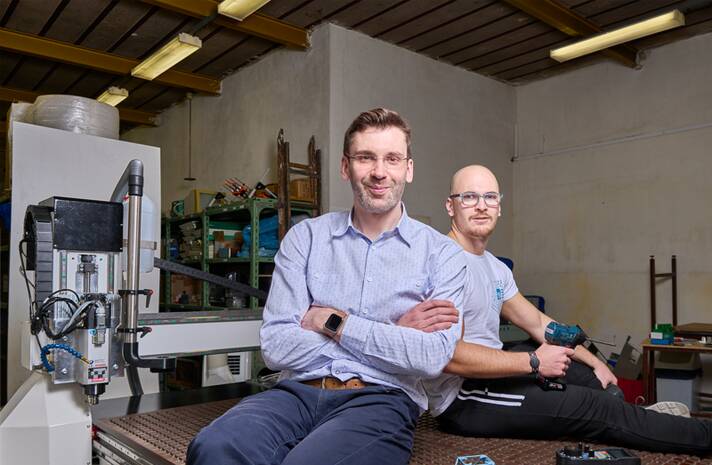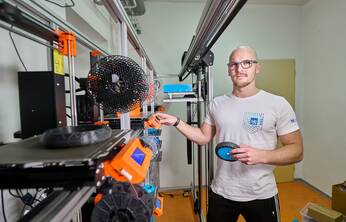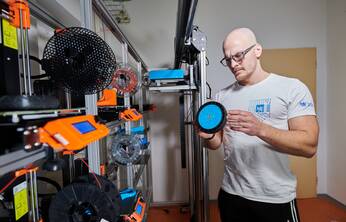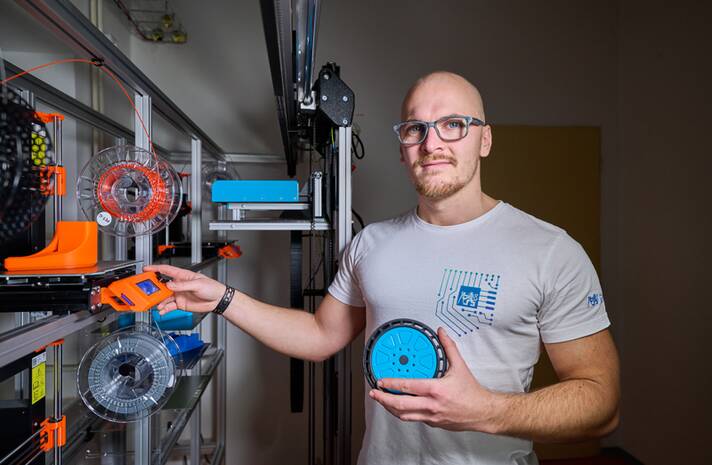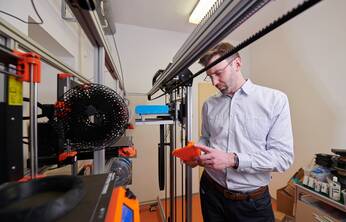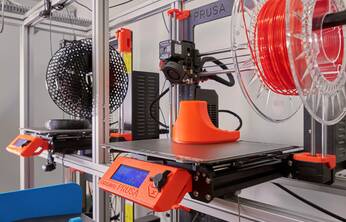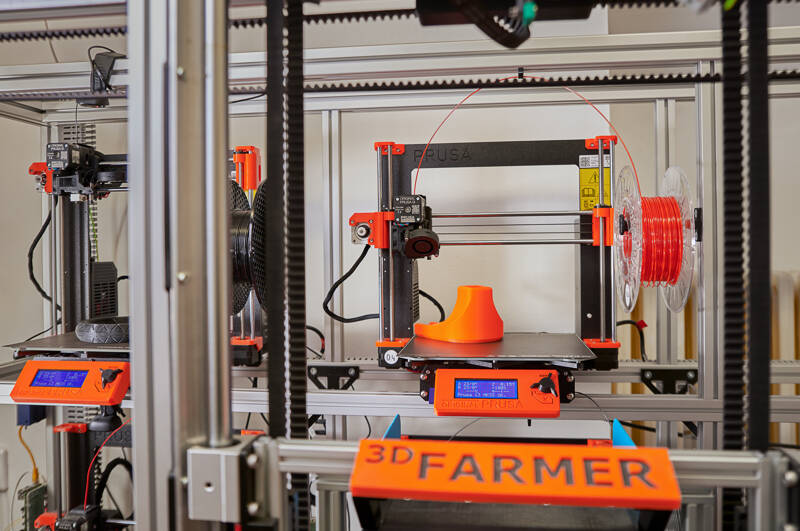Do technological innovations only arise in the heads and computers of engineers, or is it good to "roll up your sleeves" and make something physical at least sometimes? Teachers of the Cybernetics and Robotics programme at FEE CTU believe that a combination of both approaches is ideal. Practical skills that students often lack, they are now trying to supplement with the help of a new course How to Make (Almost) Anything.
Thinking with your hands and materializing ideas - like MIT and Harvard
The idea that a technician should be able to "think with his hands" - that is, not only to analyse abstractly, but to embark on personal testing, to produce a prototype or at least to be in close contact with the manufacturing process - is promoted by the renowned Professor Neil Gershenfeld, director of the Center for Bits and Atoms at MIT and founder of the global network of open workshops Fab Lab. Jiří Zemánek from FEE CTU completed an internship at MIT in 2020 as part of a Fulbright scholarship and participated in the How to make (almost) anything course. This is the model for the currently launched course at FEE.
"Professor Gershenfeld originally introduced the course at MIT because they had workshops well equipped with tools such as CNC milling machines and 3D printers, but students didn't know how to use them. Eventually, a format was created to simply learn how to materialize their ideas, in the broadest sense of the word. Although we are cyberneticists and roboticists, we have kept this almost anti-disciplinary approach in the curriculum," comments the main guarantor Jiří Zemánek from the Department of Control Engineering at FEE CTU, who will lead the course together with PhD student Krištof Pučejdl. In addition to MIT, they were also inspired by the Introduction to Digital Fabrication course taught at Harvard.
Design, produce and document on the web
In the new compulsory elective course, which is worth 6 credits, students will learn how to use software and hardware tools to create programmable projects using digital fabrication. They will experience CAD/CAM design, laser cutting, 3D printing and scanning, computer-aided machining, electronics design, the use of sensors and actuators, microcontroller programming, wired and wireless communication, molding, and other methods and tools. The course culminates in a final project that should use as much of the topics covered as possible. An important feature of the course is that each student continuously documents his or her work on a personal website. These serve not only as his/her personal portfolio, but also contribute to the sharing of knowledge and experience.
How to "make" the object of production
"The interest in the course was extraordinary and soon after it was announced we unfortunately had to turn down applicants from programmes other than Cybernetics and Robotics," continues Jiří Zemánek. At the same time, he does not hide the fact that he expects some birth pangs when leading the first group of 30 students. "Given that the essence is practical teaching, where expensive machines are used, it is necessary to ensure sufficient material and at the same time flexible supervision and support of teachers, we also take this course as a kind of prototype that we will continuously fine-tune," Zemánek concludes. The summer semester in the Cybernetics and Robotics programme, and with it the new course, began on 20 February 2023.

